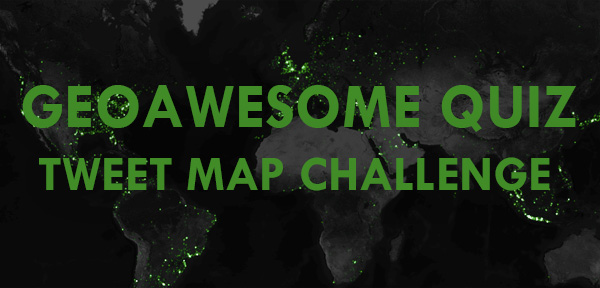
#Featured
#Fun
#GeoawesomeQuiz 24 – Can you recognise a city based on its tweet map?
Sometime ago we wrote about an amazing map of all tweets ever tweeted by Eric Fischer from Mapbox. We took Eric’s map and made for you the coolest quiz ever – The tweet map challenge. Your task is to recognise a city based on its tweet map.
Have fun! Remember to share your score with the world! And to check out our other GeoawesomeQuizzes!
THE TWEET MAP CHALLENGE
[viralQuiz id=24]
All maps are screenshots from Tweet map by Eric Fischer of Mapbox.
DID YOU LIKE THE QUIZ?
SUBSCRIBE TO OUR WEEKLY NEWSLETTER
[wysija_form id=”1″]


#Featured
#Bez kategorii
#Contributing Writers
#Environment
#Featured
#Science
Creating Livable Spaces: Introducing the Walkability Index for Sustainable Mobility
#Business
#Featured
Global Top 100 Geospatial Companies – 2025 Edition
#Business
#Featured
#Satellites
#Science
Neo Space Group Finalizes UP42 Acquisition: What it Means for Earth Observation Industry







